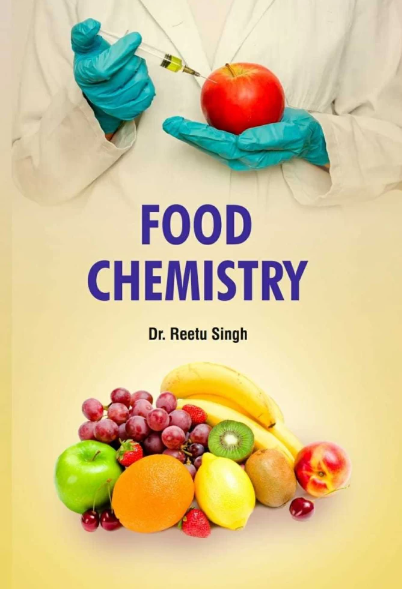Unraveling the lipid photooxidation reactions in salmon oil under different light wavelength conditions via omics approaches
IF 8.5
1区 农林科学
Q1 CHEMISTRY, APPLIED
引用次数: 0
Abstract
Light wavelengths can lead to differences in flavor and components of food by lipid photooxidation. However, the relevant molecular mechanisms are still unclear. This study explored the effects of light wavelengths (365 and 405 nm) on volatile and nonvolatile compound structures in salmon oil, along with the underlying mechanisms, via lipidomics and oxlipidomics approaches. The shorter light wavelength more effectively catalyzed lipid oxidation, leading to greater diversity and higher content of volatiles. It more readily catalyzed the formation of carbonyl-containing compounds, such as aldehydes and enones, contributing to hot oil and fried fish flavors. The wavelength of 405 nm favored the formation of hydroxyl-containing compounds (enols and alcohols), leading to stronger seaweed and grass aromas. During photooxidation, 1O2 activated by light radiation preferentially reacted with double bonds at the ends of fatty acid chains with low steric hindrance, yielding more lipids with 16-20C fatty acids and small molecule volatiles (4C![]() 6C).
6C).

用组学方法揭示不同波长条件下鲑鱼油中的脂质光氧化反应
光波长可以通过脂质光氧化导致食物风味和成分的差异。然而,相关的分子机制尚不清楚。本研究通过脂质组学和氧质组学方法,探讨了光波长(365和405 nm)对鲑鱼油中挥发性和非挥发性化合物结构的影响,以及潜在的机制。较短的光波长更有效地催化脂质氧化,导致更大的多样性和更高的挥发物含量。它更容易催化含羰基化合物的形成,如醛和烯酮,有助于热油和炸鱼的味道。405 nm的波长有利于形成含羟基化合物(烯醇和醇),从而产生更强的海藻和草的香味。在光氧化过程中,被光辐射激活的1O2优先与空间位阻较低的脂肪酸链末端的双键反应,生成更多含有16-20C脂肪酸和小分子挥发物的脂质(4C6C)。
本文章由计算机程序翻译,如有差异,请以英文原文为准。
求助全文
约1分钟内获得全文
求助全文
来源期刊

Food Chemistry
工程技术-食品科技
CiteScore
16.30
自引率
10.20%
发文量
3130
审稿时长
122 days
期刊介绍:
Food Chemistry publishes original research papers dealing with the advancement of the chemistry and biochemistry of foods or the analytical methods/ approach used. All papers should focus on the novelty of the research carried out.
 求助内容:
求助内容: 应助结果提醒方式:
应助结果提醒方式:


